When mentioning An Giang, people often think of the long-stretching palm fields, the undulating mountains in the middle of the plains, the colorful Khmer pagodas and a multi-ethnic cultural life.
In addition, there is also an image that every year around the 8th lunar month, if you visit An Giang, you will easily encounter and cannot take your eyes off: the sound of cheering echoing in the mud fields, pairs of oxen galloping like the wind, ... That is the Seven Mountains Bull Racing Festival - a unique cultural - sporting event of the Khmer people in the Southwest region, both religious and a symbol of the community.
Come with MLifeOn to An Giang and immerse yourself in the vibrant atmosphere of this special festival.
From mud fields to community rituals
Some features of An Giang - the land of the Seven Mountains
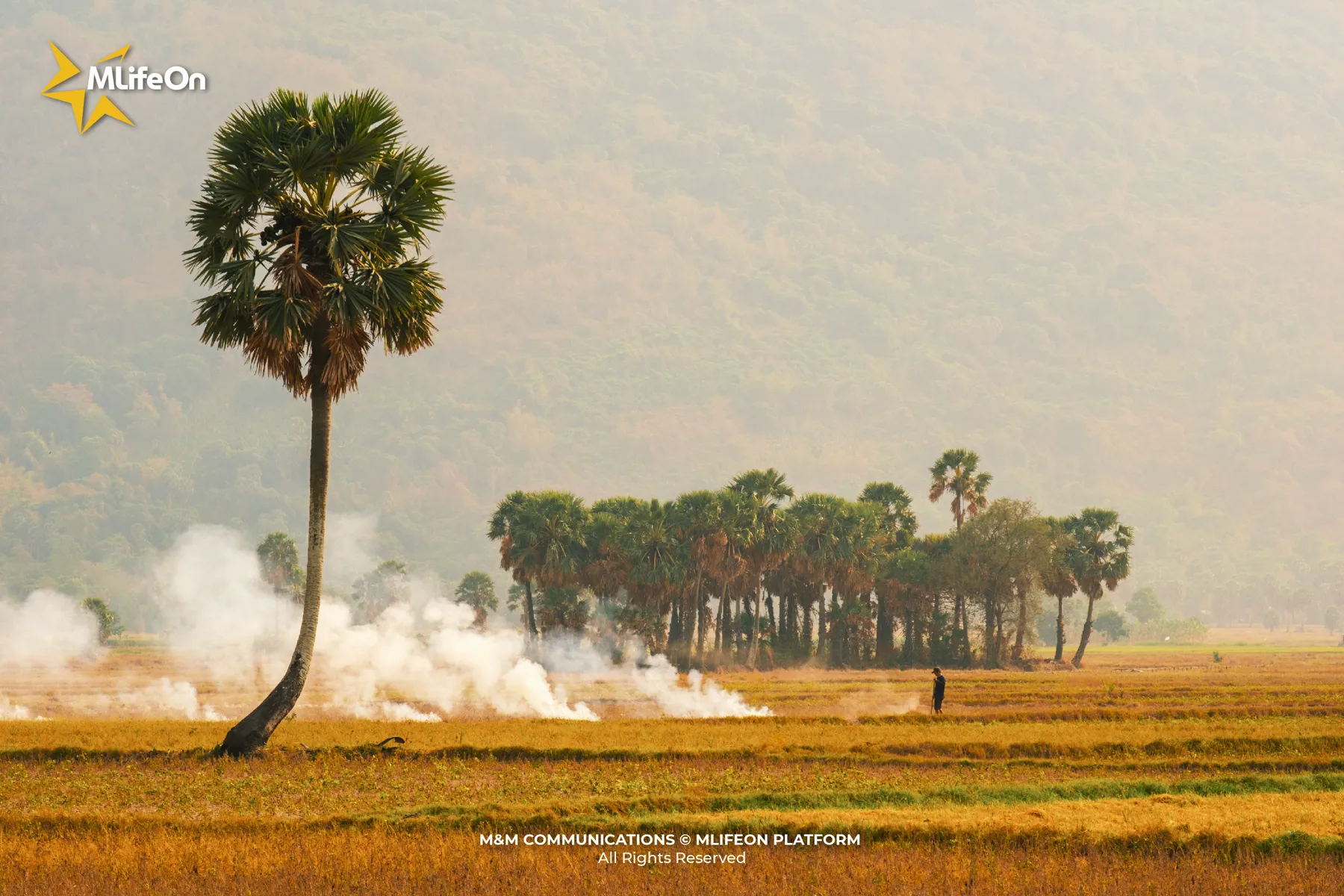
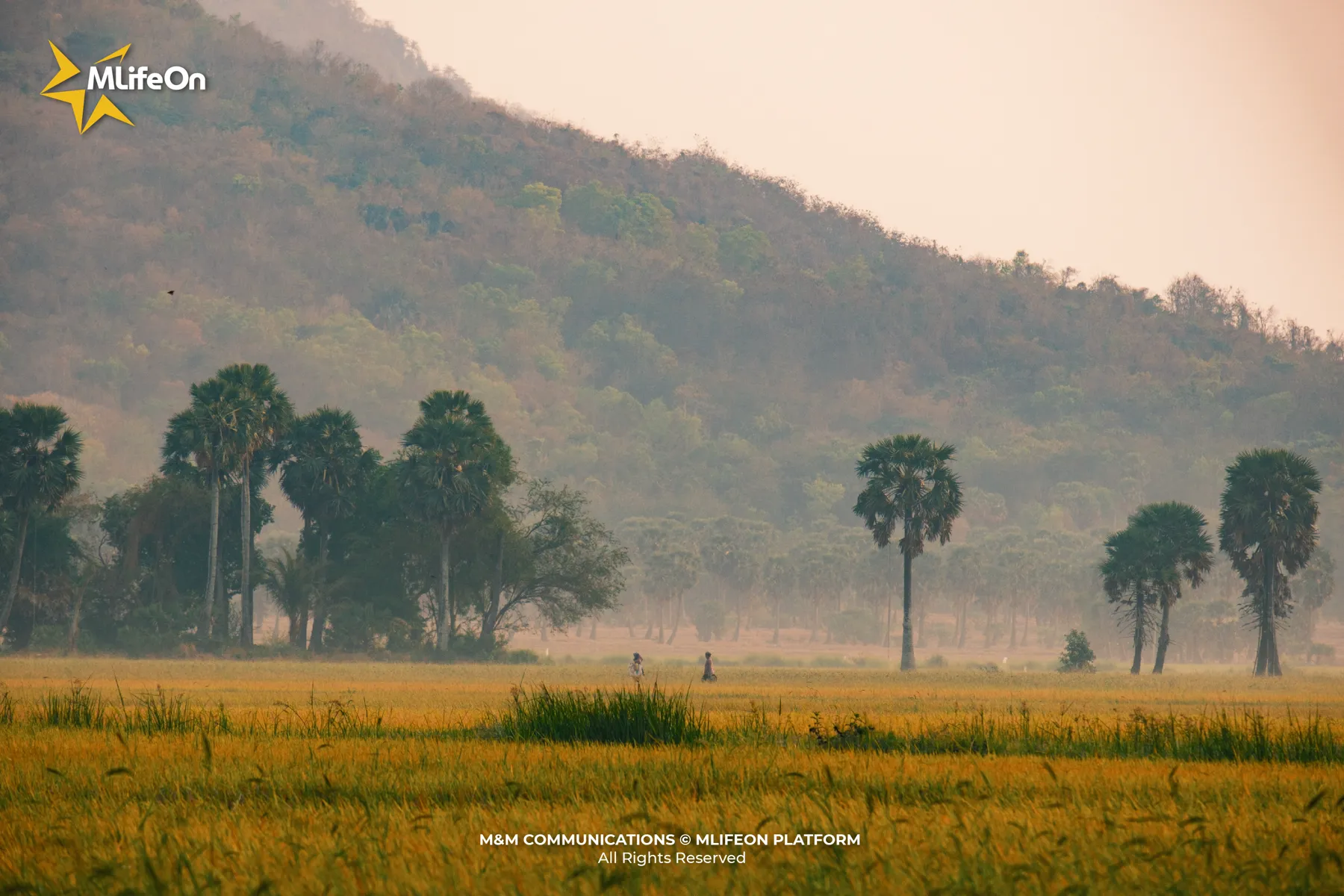
An Giang is located in the Southwest region, bordering Cambodia, and is home to many ethnic communities, most of whom are Khmer. This is a semi-mountainous area with many small mountains interspersed with plains, notably seven mountains: Cam Mountain (Thien Cam Son), Co To Mountain (Phung Hoang Son), Dai Mountain (Ngoa Long Son), Dai Nam Gieng Mountain (Ngu Ho Son), Tuong Mountain (Lien Hoa Son), Ket Mountain (Anh Vu Son) and Nuoc Mountain (Thuy Dai Son). Because of this feature, An Giang is also known as That Son (Seven Mountains). After the merger, An Giang province retained its original name, and its area expanded - up to nearly 10km2 (including An Giang province and the old Kien Giang area).
Finding the origin of the Seven Mountains Bull Racing Festival
The Seven Mountains Bull Racing Festival or An Giang Bull Racing originated from the offering ritual in the Sene Dolta ceremony - this is considered an occasion for descendants to show their filial piety to their ancestors, connecting people with their families and roots (similar to the Vu Lan Bao Hieu ceremony of the Vietnamese or the Thanh Minh festival of the Chinese community). In the offering ritual, because it is the time after the harvest, in addition to helping clean up in the temple, families also bring their cows to help the temple plow the land. And in the process of bringing cows to help, the families organized fun races between pairs of cows, gradually these races, because they were maintained, began to become a tradition, developing into an official festival as it is now - the Seven Mountains Bull Racing Festival (held at the same time as the Sene Dolta ceremony).
Over time, the Seven Mountains Bull Racing Festival is not only a community agricultural activity, but has become a unique cultural and sporting event, attracting the attention of local people and tourists from everywhere.

When the whole countryside transforms into a festival
Before the festival
The festival atmosphere begins many weeks before the main festival day. Throughout the villages of the Seven Mountains region, people are busy selecting cows, building barns, and clearing mud fields for training. Because racing cows are not ordinary plowing cows, but must be from the Seven Mountains breed - strong, durable, with a beautiful running style and good reflexes.
The cow owner will choose a compatible pair of cows, then train them every day in the mud fields so that they get used to the terrain, speed and cheering. But not only the cows need practice, the driver - or "cow jockeys", also need to practice balancing skills on the wooden harrow, so that they can flexibly control the direction, coordinate with the pair of cows rhythmically in each sprint phase.
There are bull riders who only stand on the harrow for a few seconds, but have to practice for months to not fall when the bull accelerates.

Before the festival, the atmosphere was not tense, but bustling - like a small festival before a big one. People gathered to watch the training process, discussed the potential candidates, silently supported the pair of bulls and bull riders they liked, eagerly waiting for the official festival to take place.
During the festival

The festival usually takes place at the end of the 8th lunar month, lasting from one to three days. The race track is a mud field about 120m long and 4m wide. Each race consists of two pairs of oxen, pulling a wooden harrow, on which the oxen rider stands to control. When the signal is given, both pairs of oxen charge forward, mud splashing everywhere, and cheers from the surrounding spectators resound like waves.

Watching the Seven Mountains Bull Racing Festival is not simply about seeing who finishes first, but also about seeing who can keep a straight line, not drop the rider, not let the bull deviate from the running direction. And to achieve that, the bull rider must maintain absolute balance, control the bull by calling, by reins, by experience, by physical and mental strength, etc. All of this only takes place in a few dozen seconds but is extremely dramatic and tense.
There are chases that make the whole field hold its breath, then explode when the cows cross the finish line to the sound of pounding drums.
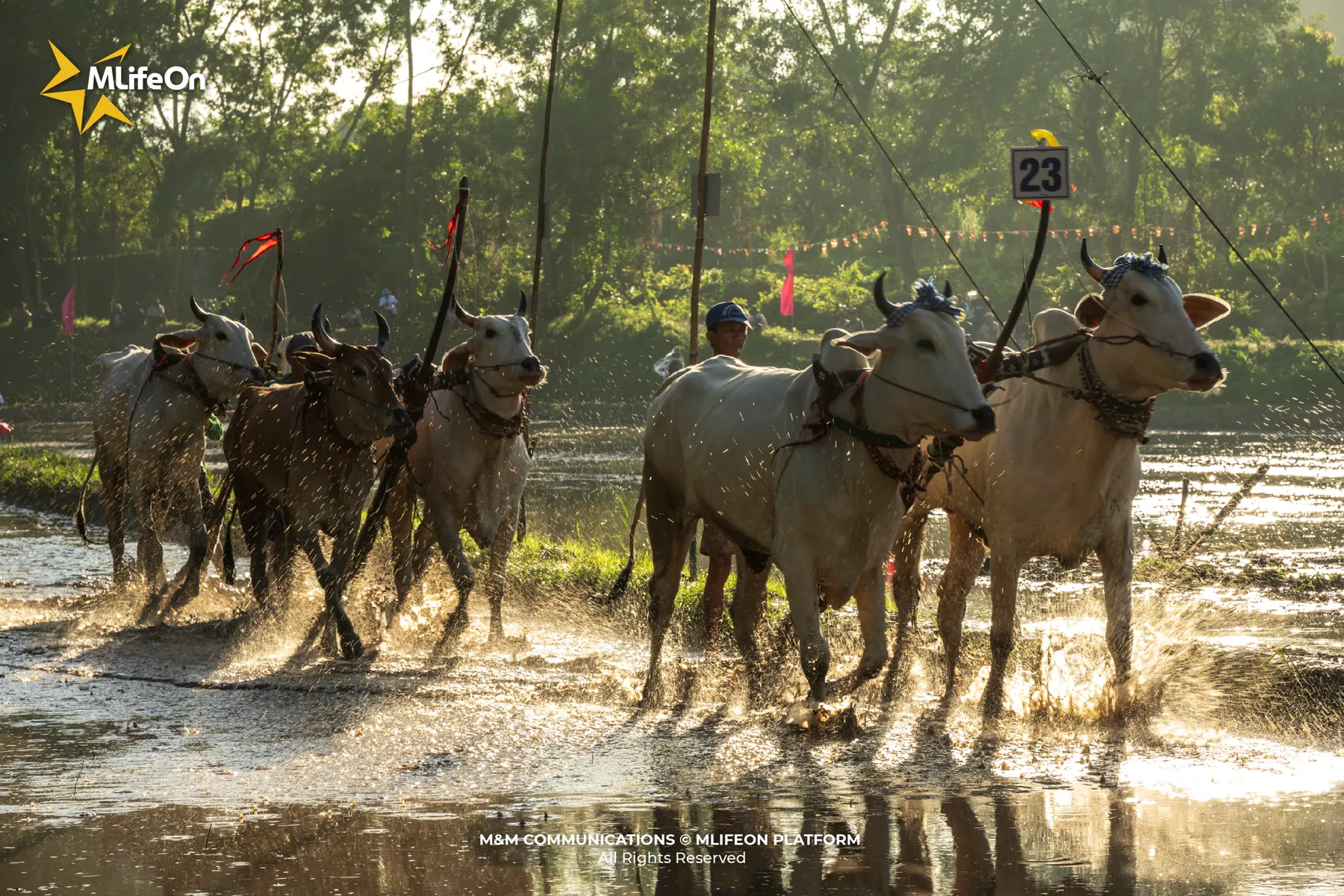
The festival atmosphere is not only vibrant on the racetrack, but also spreads throughout the countryside: From street vendors, adults to children. Everyone participates, watches and lives every moment of the festival.
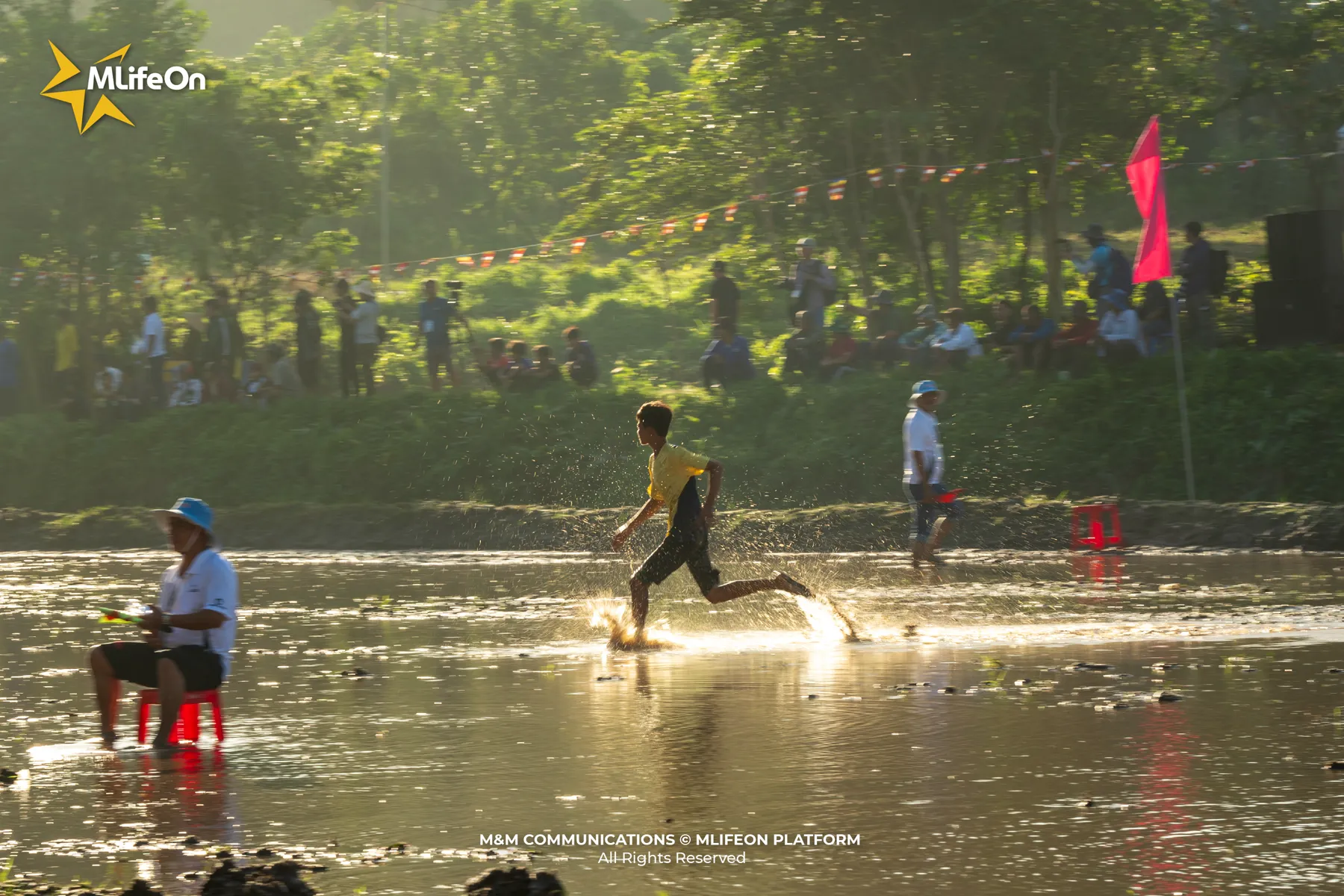
After the festival
When the race ends, the winning teams are awarded, receive souvenir flags, prizes and praise from the audience. But after all, what remains is not the ranking, not the winning or losing, but the community connection.
People gather, share joy, eat and sing together. Stories about spectacular acceleration, unexpected falls or the "star" cow will be told. For many people, the Seven Mountains Bull Racing Festival is not just a race, but also an opportunity to meet, to preserve traditions, to remind each other that: culture does not stay still, but is always moving - like the cow's footsteps in the muddy fields.
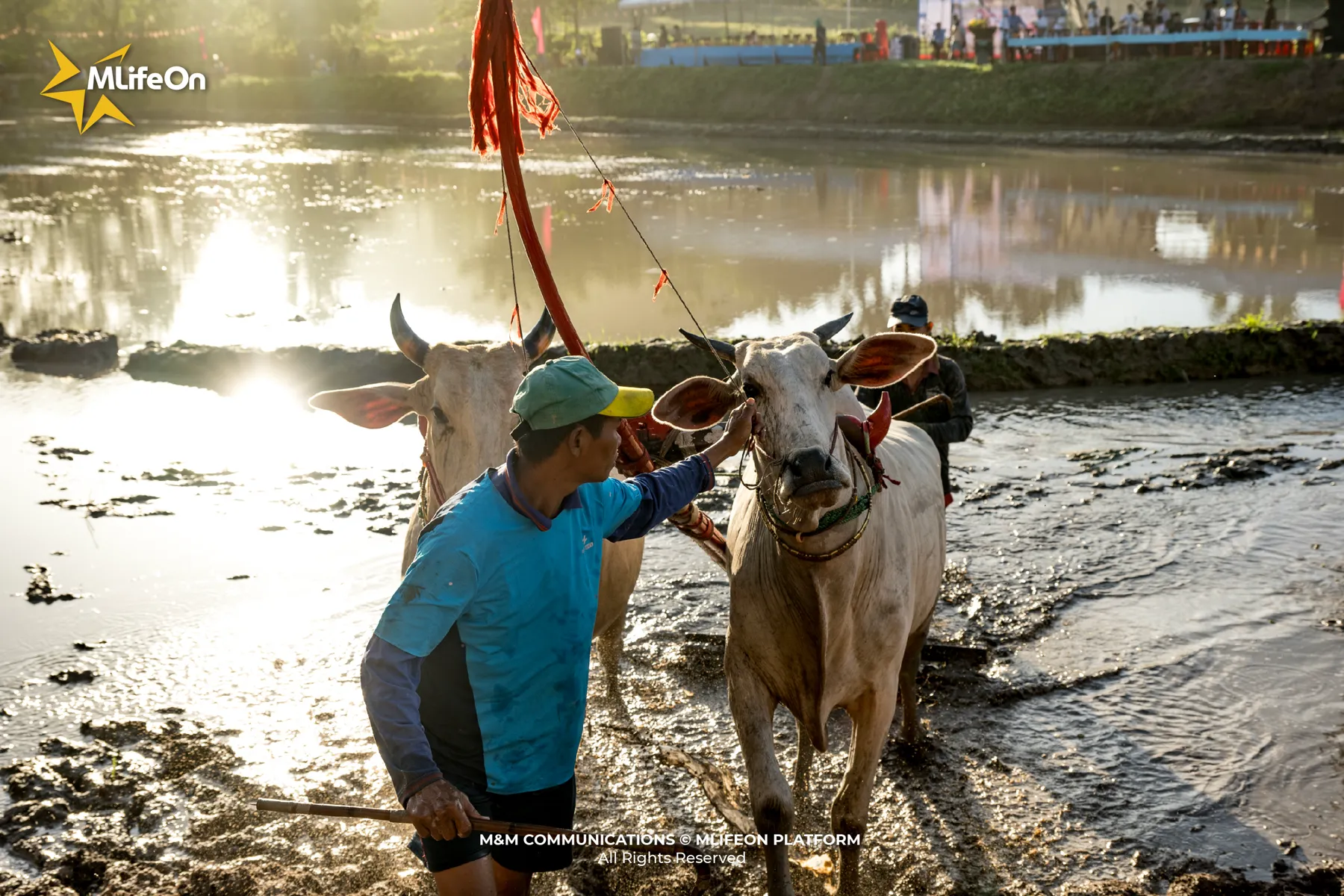
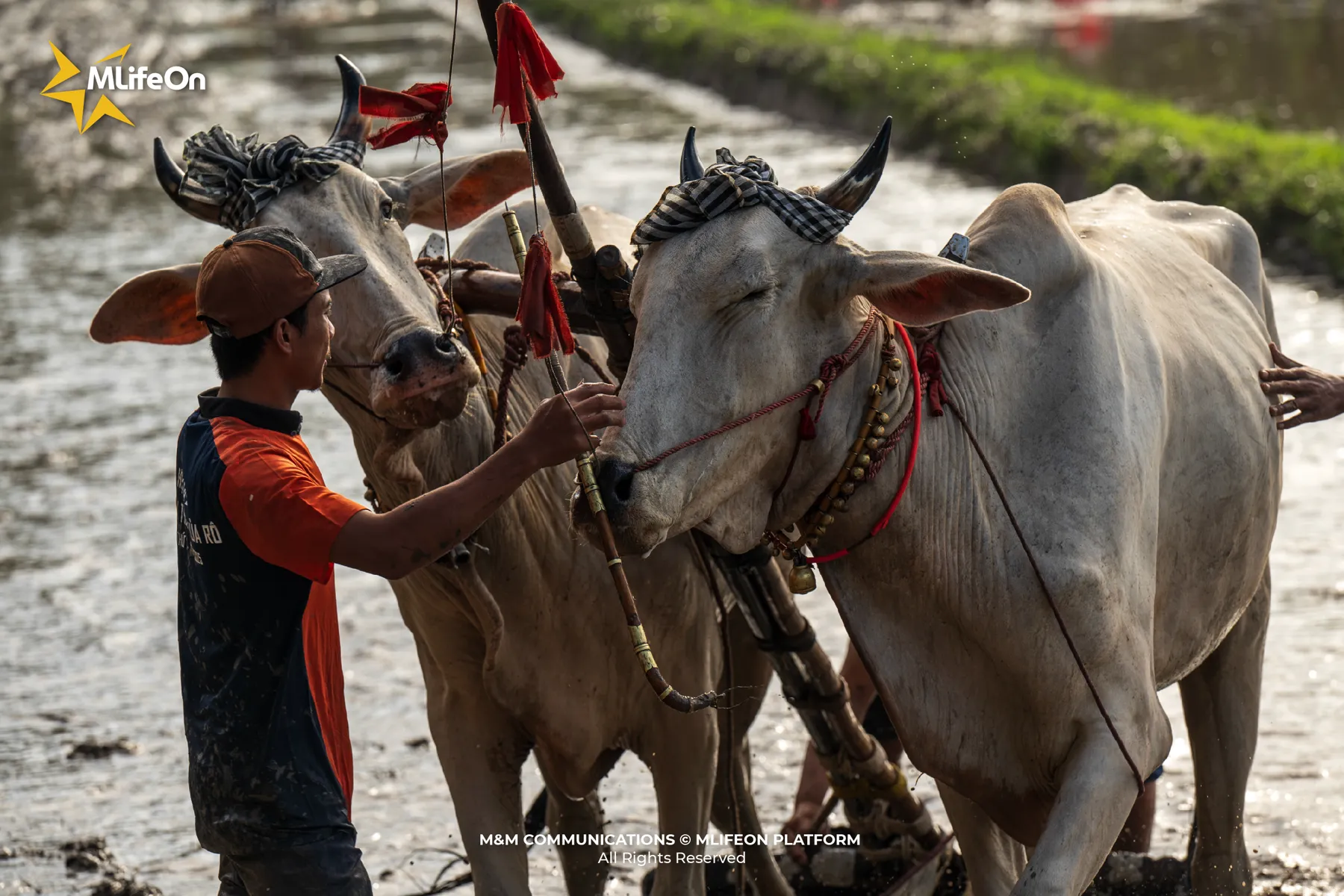
Seven Mountains Bull Racing - more than a festival
It can be seen that Seven Mountains Bull Racing Festival is the pride of An Giang people, especially the Khmer community. Because this is an opportunity to show solidarity, ingenuity and respect for ancestors. Many families consider participating in the festival as a way to preserve honor and tradition.
This is a testament to the cultural diversity of Vietnam. The festival not only reflects agricultural life, but also shows folk beliefs, the harmony between people and nature. The fact that the origin of the festival is associated with the Sene Dolta ceremony clearly shows the close connection between culture and spirituality.
In recent years, when An Giang tourism has been more focused, Seven Mountains Bull Racing Festival has become a prominent tourist highlight of this province. Domestic and foreign tourists not only come to experience the festival atmosphere, but also bring with them curiosity and inquisitiveness - the desire to learn more about Khmer culture. From that need, tours combining Khmer pagoda visits, culinary experiences and the Seven Mountains Bull Racing Festival have appeared and are becoming more and more popular.
The bull racing festival is not only an event, but also a cultural and tourist highlight, contributing to promoting the image of An Giang in particular and the Southwest region in general to the world.
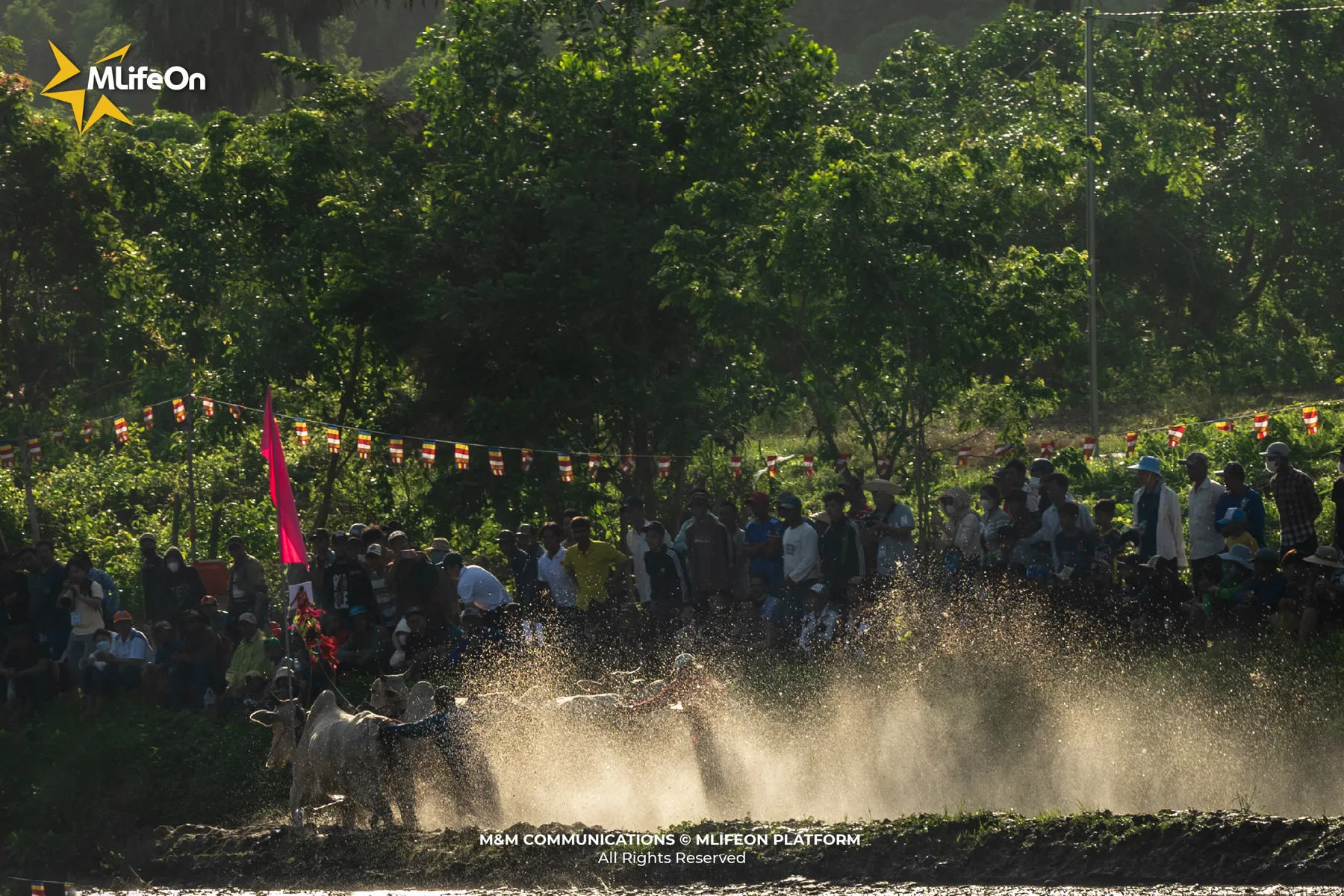
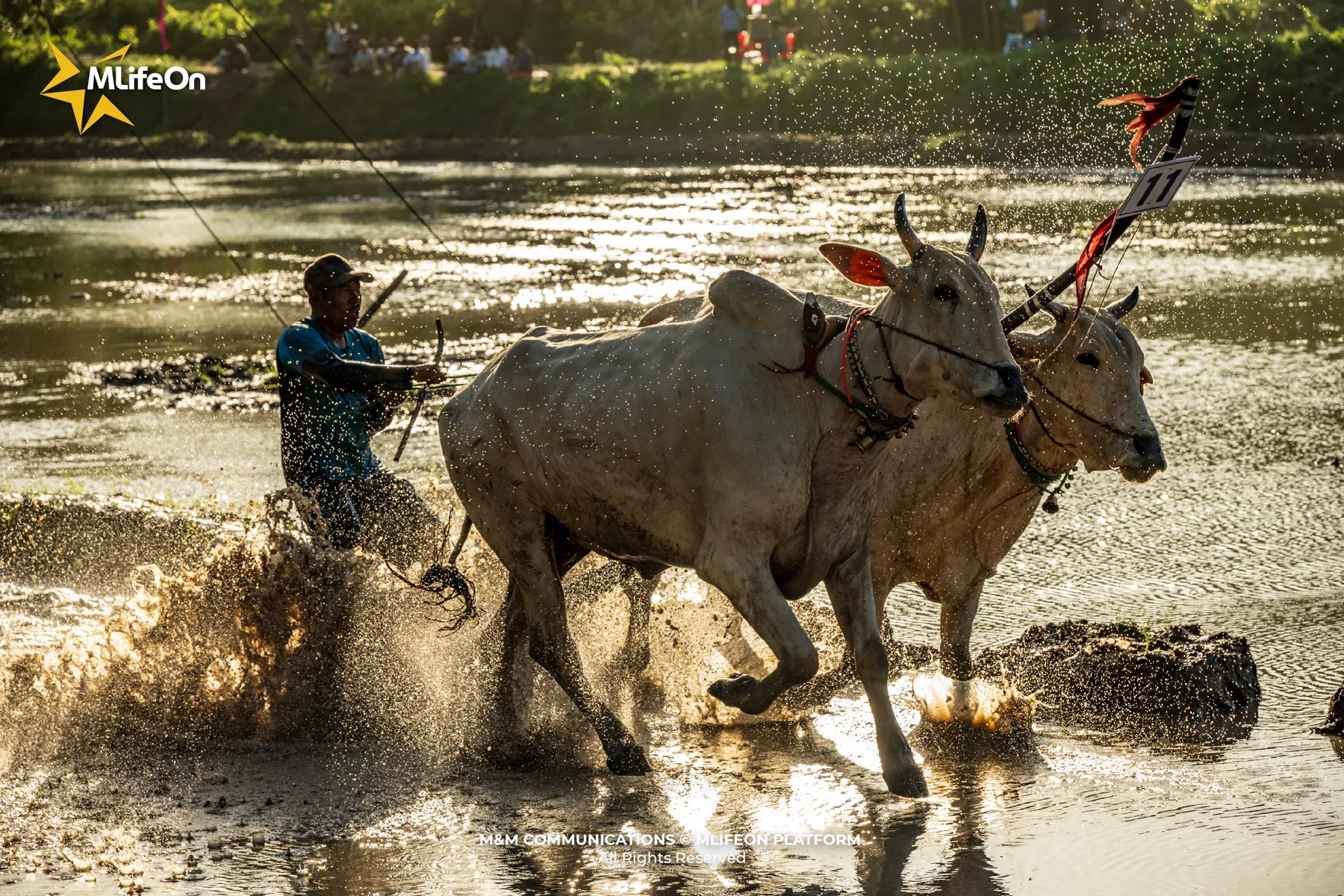
Conclusion
The Seven Mountains Bull Racing Festival in An Giang is a living proof that culture is not dry, not just words in books, but more than that - this "culture" can run, can cheer, can live with the community, with the times.
From a simple ritual, the festival has become a symbol of identity, of connection and of pride.
If you ever thought that races only happen in stadiums or on the streets, try coming to Seven Mountains once during the festival season. To see that, there are races taking place in mud fields - not outstanding in speed, but in meaning and role to the community.
—------
CREDIT:
- Photography: Luan Nguyen
- Content: Giang Huynh
- Design: Trung Huynh





















